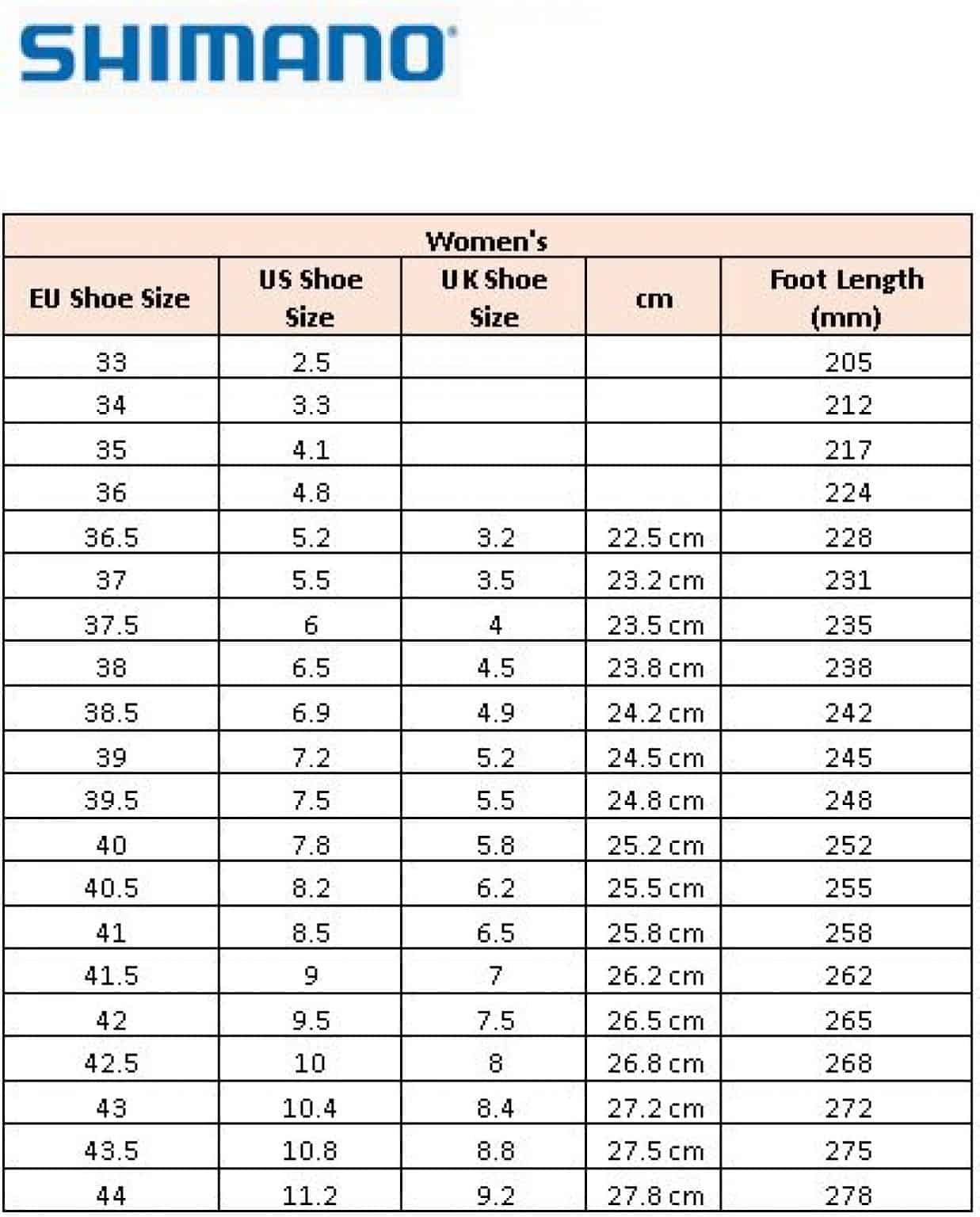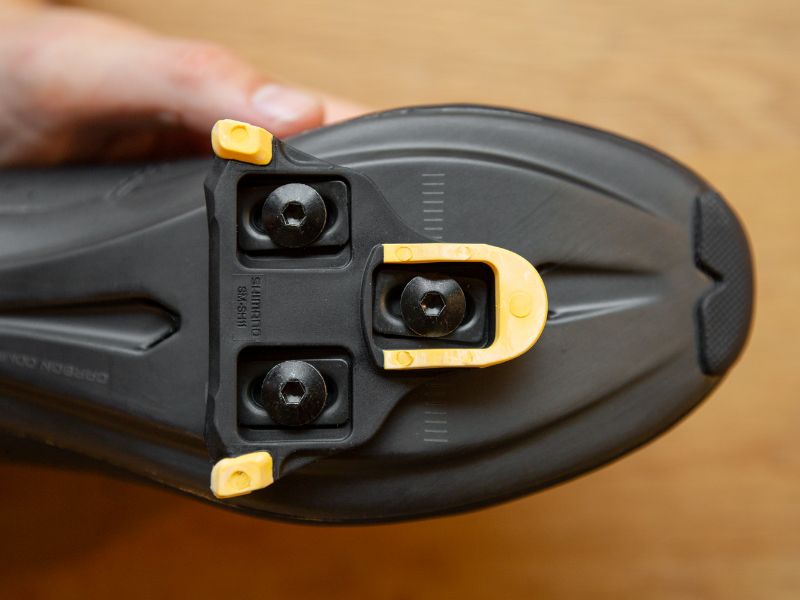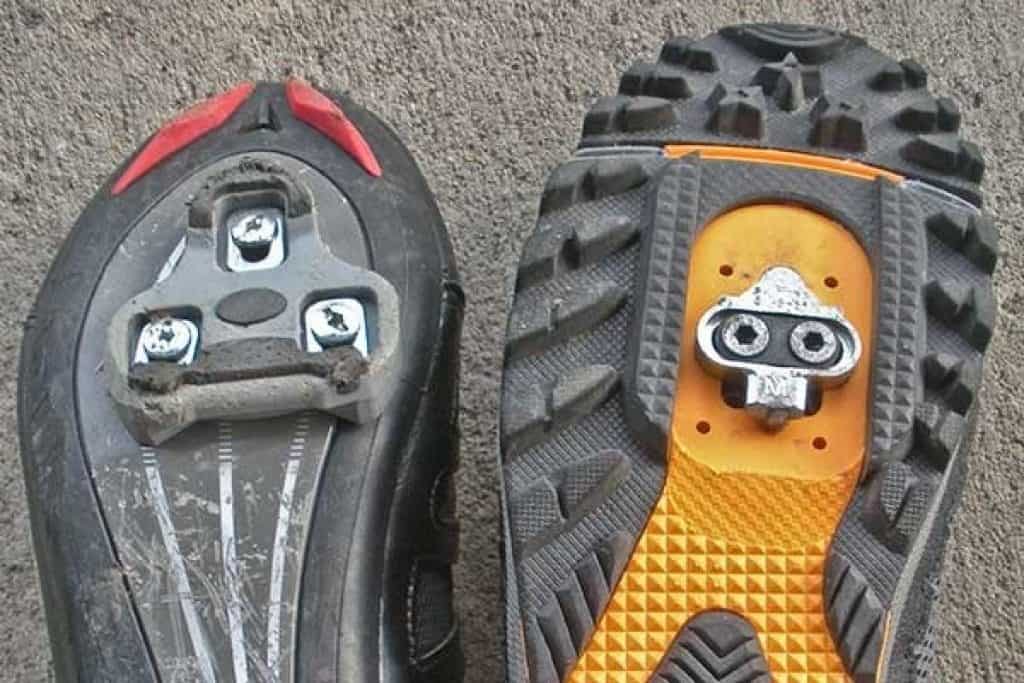Identifying the Ideal Cycling Shoes for Ample Foot Room
Cycling shoes for wide feet are a crucial component of a comfortable and efficient cycling experience. Riders with broader foot dimensions often face challenges in finding the perfect fit, as standard cycling shoes may lead to discomfort, pressure points, or even injuries. Selecting the right cycling shoes for wide feet ensures optimal comfort, performance, and injury prevention. This is where the benefits of cycling shoes with a wider toe box and adjustable fit systems come into play.
Top Cycling Shoes for Wide Feet: Brand Recommendations
When searching for cycling shoes for wide feet, it’s essential to consider brands that cater to broader foot dimensions. Reputable brands such as Shimano, Lake, Sidi, and Specialized offer a range of models designed to accommodate wider feet. These brands are known for their commitment to quality, comfort, and performance. However, it’s crucial to remember that not all models from these brands will necessarily suit your specific needs. It’s highly recommended to try on various models to find the best fit for your feet.
How to Measure Your Feet for Cycling Shoes: A Step-by-Step Guide
To ensure a perfect fit for cycling shoes for wide feet, it’s essential to measure foot length and width accurately. Follow this simple, user-friendly guide to determine the ideal size for your cycling shoes:
- Obtain a Brannock device or a ruler and a piece of paper. A Brannock device is a specialized tool for measuring foot size, but a ruler and paper will also work.
- Place the paper on a hard, flat surface and position your foot on it. Make sure your foot is flat and not angled. If using a Brannock device, align the heel of your foot with the back of the device and record the reading at the end of your longest toe.
- If using a ruler, measure the distance from the heel to the longest toe in both centimeters and inches. Record both measurements for future reference.
- Measure the width of your foot by placing the ruler or Brannock device across the ball of your foot, just behind the toes. Record this measurement as well.
- Consider foot swelling during long rides. Measure your feet later in the day, as they tend to swell throughout the day. Also, account for any additional space needed for foot swelling during long rides.
- Consider having a professional bike fit. A professional bike fitter can help you find the perfect cycling shoe size and cleat position, ensuring optimal comfort and performance.
Cleat Positioning and Adjustment for Cycling Shoes
Proper cleat positioning and adjustment are crucial for efficient pedaling and reduced strain on feet, knees, and hips. By ensuring the correct cleat placement and alignment, cyclists with wide feet can enjoy a more comfortable and safer riding experience. Here are some tips on proper cleat placement and alignment, as well as the advantages of using floating cleats:
- Proper Cleat Placement: Position the cleat in the ball of the foot, directly beneath the pedal axle. This placement allows for a natural and efficient pedaling motion, minimizing strain on the knees and hips.
- Cleat Alignment: Align the cleat so that the center of the pedal axle is directly beneath the second metatarsal head (the long bone behind the big toe). This alignment ensures optimal power transfer and reduces the risk of foot numbness or discomfort.
- Floating Cleats: Floating cleats offer additional adjustability, allowing the foot to move slightly from side to side. This movement can help accommodate for minor misalignments and reduce strain on the knees and hips. Floating cleats are particularly beneficial for cyclists with wide feet, as they provide extra flexibility and comfort during long rides.
Materials and Construction: Breathability, Stiffness, and Durability
When selecting cycling shoes for wide feet, it’s essential to consider materials and construction to ensure optimal comfort, breathability, stiffness, and durability. Two primary materials used in cycling shoes are synthetic and leather uppers. Here, we’ll discuss the advantages and disadvantages of each material and the role of shoe stiffness in power transfer and comfort.
- Synthetic Uppers: Synthetic uppers are often made of lightweight, breathable, and durable materials like nylon, polyester, or microfiber. These materials can be easily cleaned and are resistant to stretching, making them an excellent choice for cycling shoes for wide feet. However, synthetic uppers may not provide the same level of comfort and flexibility as leather uppers.
- Leather Uppers: Leather uppers, typically made of genuine or synthetic leather, offer superior comfort and flexibility. Leather conforms to the shape of the foot over time, providing a custom-like fit. However, leather uppers may require more maintenance and are generally heavier and less breathable than synthetic uppers.
- Shoe Stiffness: The stiffness of cycling shoes plays a crucial role in power transfer and comfort. A stiffer shoe sole helps transfer power more efficiently from the foot to the pedal, improving overall performance. However, excessive stiffness can lead to discomfort, especially for cyclists with wide feet. It’s essential to find a balance between stiffness and flexibility to ensure optimal comfort and performance.
Arch Support and Custom Orthotics for Cycling Shoes
Cycling shoes for wide feet should offer adequate arch support to address common foot issues like plantar fasciitis and flat feet. Proper arch support helps distribute pressure evenly across the foot, reducing strain and discomfort during long rides. Here are some recommendations for selecting shoes with adequate arch support and incorporating custom orthotics into the shoe:
- Selecting Shoes with Adequate Arch Support: When trying on cycling shoes, pay attention to the arch area. The shoe should provide sufficient support without causing discomfort or pressure points. Look for shoes with removable insoles, as this allows for the addition of custom orthotics or aftermarket insoles with better arch support.
- Custom Orthotics: Custom orthotics are specialized inserts designed to provide personalized arch support and address specific foot issues. Consult a podiatrist or a professional bike fitter to create custom orthotics tailored to your foot shape and needs. Keep in mind that custom orthotics may require some time to break in and adapt to your feet.
- Aftermarket Insoles: Aftermarket insoles are a more affordable alternative to custom orthotics. These insoles come in various arch support levels and can be easily trimmed to fit your shoes. Look for insoles made of breathable and moisture-wicking materials to ensure comfort and dryness during long rides.
Caring for Your Cycling Shoes: Maintenance and Cleaning Tips
Regular care and maintenance are essential for the longevity and performance of cycling shoes for wide feet. Proper cleaning, waterproofing, deodorizing, and storing techniques can help preserve the shoe’s materials, prevent damage, and ensure optimal comfort. Here are some practical tips for maintaining and cleaning your cycling shoes:
- Cleaning: Use a soft brush and mild soap to remove dirt and debris from the shoe’s exterior. Avoid using harsh chemicals, as they can damage the materials. For the shoe’s interior, remove the insoles and wash them separately. Use a cloth or soft brush to clean the shoe’s interior, focusing on areas with excessive sweat or dirt buildup.
- Waterproofing: Apply a waterproofing spray or cream to the shoe’s exterior to protect it from moisture and water damage. Waterproofing treatments can help maintain the shoe’s breathability while providing an extra layer of protection against the elements.
- Deodorizing: To prevent unpleasant odors, sprinkle baking soda or insert moisture-absorbing insoles into the shoes when not in use. Alternatively, use a shoe deodorizer or spray to eliminate bacteria and neutralize odors.
- Storing: Store your cycling shoes in a cool, dry place away from direct sunlight. Hang them on a shoe rack or store them in a breathable shoe bag to prevent damage and maintain their shape.
Budgeting for Cycling Shoes: Affordable Options and Value for Money
Budgeting for cycling shoes for wide feet can be a concern for many cyclists. While it’s essential to invest in high-quality shoes that offer comfort, performance, and durability, there are affordable options available that provide excellent value for money. Here are some tips for budgeting and selecting the right cycling shoes within your price range:
- Affordable Brand Options: Consider purchasing cycling shoes from reputable brands known for offering affordable options, such as Giro, Pearl Izumi, and Mavic. These brands provide a range of cycling shoes catering to wider foot dimensions without compromising on quality.
- Refurbished or Pre-Owned Shoes: Look for refurbished or pre-owned cycling shoes from trusted sellers. These shoes have been inspected, repaired, and tested to ensure they meet quality standards. Buying refurbished or pre-owned can save you a significant amount of money compared to buying new.
- Value for Money: When selecting cycling shoes, consider factors like durability, adjustability, and performance. While it might be tempting to opt for the cheapest option, investing in a moderately priced shoe with good adjustability, a wide toe box, and a sturdy build can offer better value for money in the long run.
- Shopping Seasons: Keep an eye out for sales and promotions during seasonal changes or holidays. Retailers often offer discounts on cycling shoes, allowing you to save money on your purchase.








